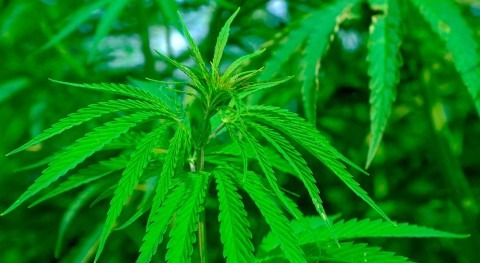A 30-year high in East African rainfall during 2018 and 2019 resulted in rising water levels and widespread flooding. The new study shows that emissions of methane—the second most important greenhouse gas—from flooded East African wetlands were substantially larger following these extreme rainfall events.
The study, led by Dr. Mark Lunt from the University of Edinburgh's School of GeoSciences, used data from two different satellites in combination with an atmospheric model to evaluate methane emissions from East Africa. This included data from the European TROPOMI satellite instrument, launched in 2017, which provides information about atmospheric methane at unprecedented spatial resolution.
"Our study is one of the first times the new TROPOMI satellite data has been used to study regional methane emissions," says Dr. Lunt. The satellite observed enhanced methane concentrations over East Africa during the anomalously wet months between October and December 2019.
The study shows these increased emissions were most likely to be from natural wetlands as a result of the additional rainfall
Using these data, the authors found that, in the final three months of 2019, following a once in 30-year extreme rainfall event, emissions from East Africa were substantially larger than the same period in the previous year.
"The extra emissions were equivalent to the UK's annual total emissions of methane in just a three-month period," says Dr. Lunt. Indeed, the authors found the additional emissions in 2019 were large enough to account for over a quarter of the global annual increase in methane emissions. The study shows these increased emissions were most likely to be from natural wetlands as a result of the additional rainfall.
According to the authors, the findings—published in the journal Environmental Research Letters—could be of significance for future methane emissions.
Prof. Paul Palmer, from the University of Edinburgh, who co-authored this work, said: "Climate models suggest that in the future there will be an increased frequency of these extreme rainfall events over East Africa. Our findings show that such a future scenario will have far-reaching consequences for global concentrations of atmospheric methane."





